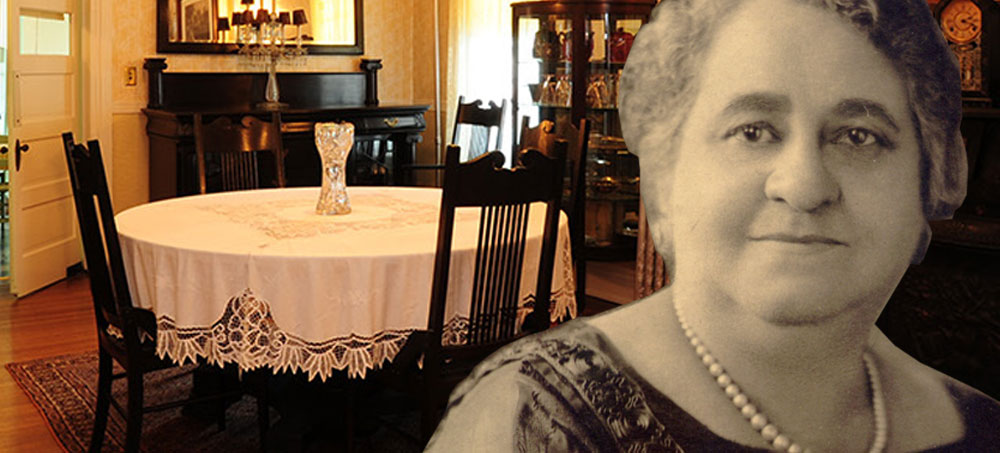
Grades 6-8, 9-12
Happy EconEdMonth! Celebrate economics all month long by visiting EconEdMonth.org

Don't have an account yet? Sign up for free
Don't have an account yet? Sign up for free
Students will be able to:

In this economic lesson, students will view TV ads to learn advertising incentives and strategies.
Warm-Up
Ask the students what types of programs they like to watch on television. Point out that some of the programs they watch have breaks for advertisements for goods and services.
Discuss the following questions:
Tell students that businesses know consumers have money to spend, and they advertise their goods and services so consumers will want to buy them.
Modeling
Explain to the students that this lesson will help them investigate how advertising gets consumer’s attention and how it tries to influence their buying decisions.
Show students the Puffin Coca-Cola commercial.
Use the following questions to review the video:
Explain that the creator of the advertisement hoped a funny television commercial would get consumers to see how the struggle to open a beverage bottle is worth the effort. Explain that humor is just one of many techniques advertisers use to get people to pay attention to their commercials. Some ads feature a movie star, athlete or cartoon character, while others use popular music, sound effects, and bright colors as attention-getters. Also, words such as “new,” “amazing” or “free” may be used to grab their attention.
Show students the Puffin Coca-Cola commercial again, asking them to pay attention to the effort the puffin puts into opening the bottle. Explain that help from the polar bears helped it succeed. Ask why that image might make them want to drink Coca-Cola. Using the PowerPoint – Advertising Strategies, explain to the students that businesses use a variety of strategies or “tricks” to get consumers’ attention, including:
Remind students that advertisers want their advertisements to create a positive image for the businesses they represent and for their products. An ad would not be successful if it told the bad stuff. (Note: some students may ask about ads for prescription drugs that identify the benefits and the potential problems of taking them; these ads are government regulated to ensure they provide accurate information about claims or results.)
Review the discussion by showing students the Kohl’s Spring Into Action Commercial. Ask the following questions:
Group Activity
Put students in small groups, telling them they now have the opportunity to help a company make some decisions about their advertising strategies. Distribute copies of Delivering the Message and review the instructions with them. You may want to assign them a product or allow them to choose the good or service they want to advertise. After students have completed the assignment, have them share some of their strategies with the rest of the class. (Answers will vary.)
Individual Activity
Distribute the TV Advertising Log to students. Instruct them to view six television commercials targeting young people, and identify the following: the company or organization, the good or service, the strategy used, and the message the commercial is sending you about what to buy, do, or think. Students should also determine what commercial they thought was the best and the reason for their choice. (Note: You may want to prerecord a set of commercials to use in class, or assign this worksheet as homework.) Debrief the activity by asking students to share what they liked about the commercials.
1) Have students use their completed TV Advertisement Logs to assess this lesson with the following tasks:
2) Have students watch a series of videos and complete a chart using this activity Advertising Strategies assignment
Activity 1
Put students in small groups and challenge them to prepare a television or print advertisement promoting one of their favorite books. Remind them to use at least on the strategies they learned in this lesson. If using a print advertisement, have them identify where and how they would use to reach their intended audience. Explain that the location of the advertisement abd the intended audience would affect its content. (For example, an advertisement in a parent’s magazine/web site might be different from an advertisement in a children’s magazine/web site. Also a magazine/web site ad would be different from an ad posted on a local billboard on the highway. Have groups present their ads to the class, and have the class provide feedback on them.
Activity 2
Explain to the students that economists do not all agree about the impact of advertising. Some economists credit advertising with increasing consumer demand and helping the economy grow. As businesses get more sales, they are often able to reduce their per-unit production costs. Consumers benefit if businesses pass on these savings as lower prices. Other economists, however, claim that advertising is wasteful. They argue that the cost of advertising adds to the cost of goods, and that most advertising simply encourages consumers to buy one brand rather than another. Ask students which side of this argument they think is most accurate. Have them write at least three statements supporting their opinion.

Grades 6-8, 9-12

Content Partner
Grades 6-8

Grades 9-12

Grades 9-12
